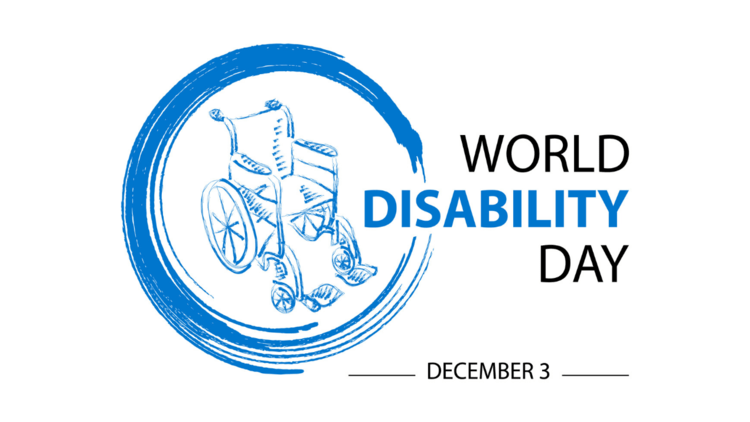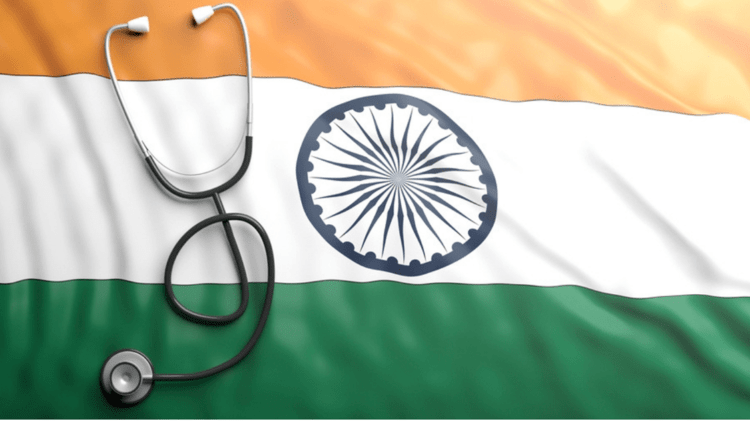Cancer is one of the leading causes of death in India. According to a report by National Institute for Cancer Prevention and Research (NICPR), 2.25 million people are currently living with the disease and risk of developing cancer before the age of 75 is 9.81% for males and 9.42% for females. Yet, in spite of these alarming statistics, doctors and researchers in India and across the world opine that incidence of cancer can drop gradually provided a holistic approach is taken towards this disease that includes prevention, early detection, and treatment.
What are the major reasons for cancer?
Let us first find out how cancer is caused. The dreaded disease refers to the condition when cells of the body keep dividing abnormally due to certain changes caused to the genes. These genetic changes can be inherited or caused by damage to DNA through external factors like tobacco, alcohol, radiation and internal ones like age, obesity, hormones.
Can cancer be prevented?
Yes. According to the National Cancer Institute, USA, there are 100 types of cancers and most of them can be prevented if we pay attention to the following:
- Say NO to tobacco in any form
- Maintain a healthy lifestyle through a balanced diet and proper exercise
- Stay protected by taking required vaccinations and having safe sex
How can cancer be detected and treated?
Cancer can be detected early if we pay attention to some warning signs like unusual bleeding or discharge from any point in the body, sudden weight loss and appetite loss, incessant cough or sudden change of voice, chronic indigestion, a sore that refuses to heal, change in bladder or bowel habits, unusual lumps on the body. Consulting a specialist is of paramount importance once any of these signs sets in.
Next enters the role of treatment. Surgery, chemotherapy, radiation therapy or a combination of these can be used to treat a cancer patient. When detected at an early stage, cancer can be cured, with the patient than having a normal life expectancy. However, this treatment comes at a very high price; the financial strain being the primary cause for trauma in the patient. Herein lies the need for insurance.
What are the insurance options available?
Cancer insurance policies offer financial assistance to cancer patients and thereby help to mitigate both mental and financial trauma substantially. There are 3 options for taking cancer insurance.
- Stand-alone cancer policy – There is still no evidence to suggest that a particular person will/will not get afflicted by cancer in the future. The incidence of cancer is unpredictable. Hence, it makes perfect sense to opt for a cancer policy early in life. This policy covers costs related to cancer diagnosis and treatment and the pay-out is given as a lump sum. A few insurance companies offer cancer policies that cover all stages of major types of cancer and can be purchased both online and offline.
- Critical illness policy – This policy covers some major illnesses like stroke, renal failure, cardiac arrests, paralysis, etc, with cancer also constituting one of them. Such policies cover a few types of cancer at the advanced stage only and can be purchased online or offline as individual policies. This policy too should be opted for at an early age when the risk level is less. The biggest advantage of this policy is that it covers many other illnesses apart from cancer for the same investment.
- Critical illness rider – A critical illness rider can be purchased with existing health or life insurance policy. It is cheaper but does not cover cancer at the early stage.
Is there a support system for cancer patients?
The diagnosis of cancer can seem like a bolt of lightning that destroys the very will to live. Realizing the extent of fear and trauma that cancer instills, many NGOs, hospitals and support groups are coming forward to help bolster the patient’s courage and improve his quality of life while the treatment is in progress. Counseling sessions are held where patients and their family members are motivated to overcome the challenges. Cancer survivors speak about their experiences and how they have effectively vanquished the disease. Organizations like the Tata Trust are working to build awareness around substances that increase the risk of cancer. Some hospitals are joining hands with celebrity chefs to come up with nutritious and tasty meal options for cancer-afflicted children.
The goal of all these valiant measures is to send a very important message – that getting scared and losing faith is not the way to fight cancer. The only option is to be prepared – mentally, physically and financially – and never give the disease the upper hand. The fight is on; and may the musketeer always win.
Read more about Life insurance at every stage of your life
Read more about Difference between critical illness and life insurance policy
Read more about Benefits of critical illness policy




















